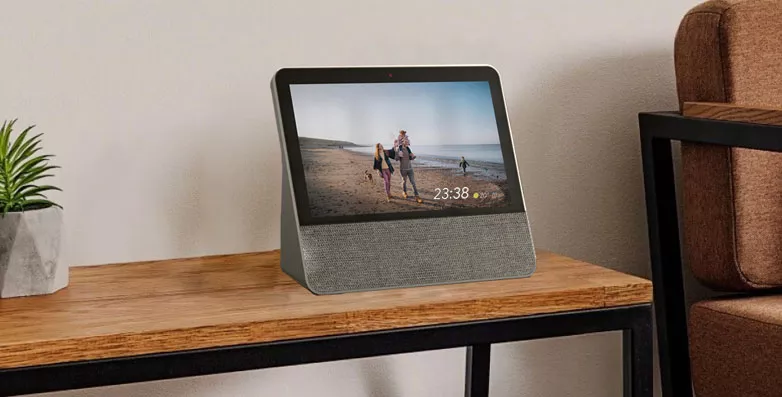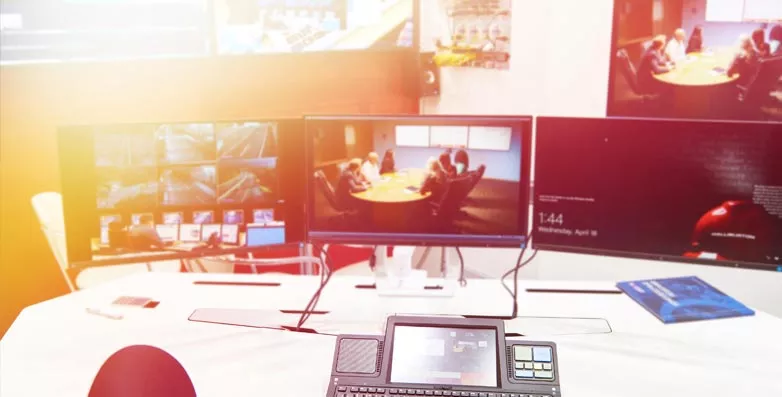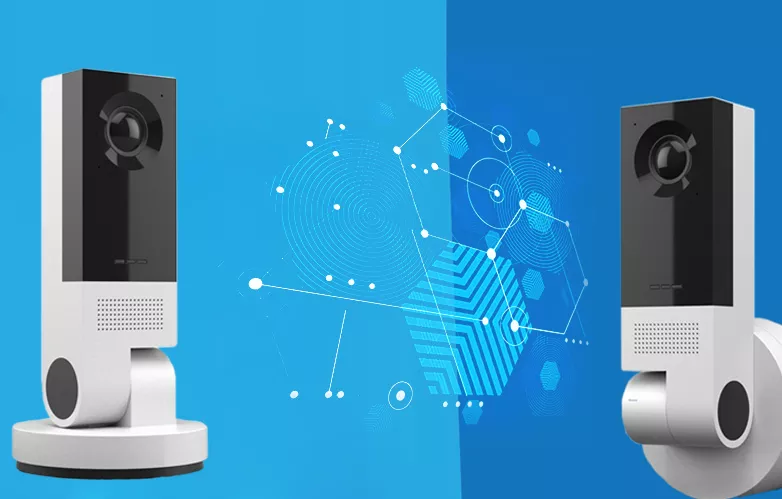As per the latest report by markets and markets, the global smart display market is expected to grow from USD 861 million in 2018 to USD 6,665 million by 2025, at a CAGR of 34.0%.
Smart displays is a combination of touchscreen display with audio, video and connectivity capabilities to display information and control remote devices like home appliances, machinery and smart sensors. With advancement in technologies, the display manufacturers can add intelligent features to open new areas of applications including infotainment, signage, home and industrial automation, and automotive. In this blog, we would like to discuss different applications of smart displays and how it has evolved with the recent technology trends.
One of the growing area for smart displays is retail and hospitality segment. Retail and hospitality segment are dominating the smart signage market. The growing number of malls, shopping centers and hotels has also led to increase in competition and enhanced guest experience. Emphasis on context-aware signage, customer/guest experience, footfall analysis has pushed technology leaders to enable AI-based Smart Signage solutions. Big retail and hospitality chains are also focusing on leveraging smart interactive displays and mirrors to reduce staff size and decrease operational cost.
Related Case Study – Smart Display Solution for Retail
Another widely adopted application of smart display is typically a virtual assistant-powered speaker with a screen. The growing success of smart speakers has contributed to the growth and innovation of smart display. This has led to leverage the same display as an IoT gateway to home gadgets. The availability of IoT enabled sensors and appliances and implementation of AI in smart home devices is driving the increase in demand of smart home displays globally. The increase in competition and adoption of voice-controlled smart displays will lead to boost the market.
Smart mirrors and smart displays for infotainments application in automotive segment is an area that is expected to grow. The main goal of the OEMs and technology providers is to cater to the increasing demand of consumers for driving comfort and safety features. Automakers are constantly investing heavily in incorporating high-tech display panels, rearview and side-view mirrors. There are also OEMs who develop and manufacture rearview mirrors for aftermarket.
Related Blog – How Smart Devices and IoT in Retail Are Reshaping the Retail Industry
In addition to vertical specific requirements, there are key technology capabilities that have been driving innovation for smart displays. These capabilities are tailored and applied for different end applications.
Key Technical requirements for Smart Display
- AI enablement for face detection, face recognition, object tracking and people counting
- Enhanced dual ISP camera
- Multiple connectivity options
- Integrated audio support
- Low power and compact
The latest Qualcomm platforms support latest standards of voice, display, audio and camera interfaces along with enhanced AI capabilities in a cost effective platform. It integrates multiple interfaces and ICs in a single processor for power management, audio codec support and Wi-Fi/Bluetooth connectivity for rapid and low-cost product commercialization. They support latest operating systems including Android and Linux. There are additional SDKs developed to help OEMs and developers solve development challenges with comprehensive solutions based on Qualcomm Technologies processors in order to quickly and cost-effectively develop smart displays featuring Google services such as Google Duo and Google Maps. To further facilitate fast and cost-effective development, there are technology partners like eInfochips that offer System-On-Module (SoM), development boards and full form factor reference designs. We also have ported and trained models of AI solution providers to demonstrate the extensibility of the platform to support a host of machine learning solutions. Some of the attributes:
- Heterogenous computing through optimized, custom CPU, GPU, and DSP to provide high compute capability at low power
- Machine Learning on Edge through the Qualcomm AI Platform
- Easy-to-use SDKs to allow flexible implementation of AI and machine learning use cases
- High-end video capture and playback with 4K @30fps HEVC and support for secondary streams for preview and streaming.
- Dual ISP camera features with staggered HDR, low light noise reduction, and enhanced auto-focus performance
- Dual microphones with PIMIC for Voice UI applications
- Integrated connectivity support for 802.11ac, Wi-Fi, Bluetooth low energy for home control and automation applications
As a Qualcomm Technology Partner, eInfochips has enabled multiple panels and displays for different applications. To kick-start development, eInfochips has also launched modules and development kits on the latest Qualcomm processors including like SD 212 (APQ8009), SD 624 (APQ8053-lite), SD 660 (SDA 660), SD 845 (SDA 845), QCS4290. In addition to modules and kits, eInfochips has in-house IPs and frameworks for audio/video, camera and test automation to design and develop niche products with faster time to market.
Leveraging the latest Qualcomm processors-based modules and development kits, eInfochips has developed an Interactive Signage and Infotainment Kiosk that is installed US metro cities. At the same time, eInfochips has also helped its client, a US based Home appliance leader, in developing high end displays with advance features like voice activation, internet connectivity, face and food recognition. eInfochips has also developed a touch screen based home automation console with advanced audio video capabilities and multiple connectivity options.
In order to know more about our capabilities and discuss about your next product developed, please reach out to us.







